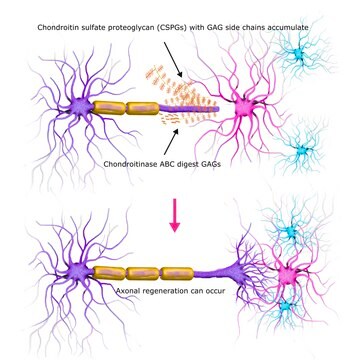C5080
Calcium chloride dihydrate
BioXtra, ≥99.0%
Synonym(s):
CaCl2.2H2O
About This Item
Recommended Products
product line
BioXtra
Quality Level
Assay
≥99.0%
form
powder
impurities
≤0.0005% Phosphorus (P)
≤0.1% Insoluble matter
mp
176 °C (dec.) (lit.)
solubility
H2O: 1 M, clear, colorless
anion traces
sulfate (SO42-): ≤0.05%
cation traces
Al: ≤0.0005%
Ba: ≤0.005%
Cu: ≤0.0005%
Fe: ≤0.005%
K: ≤0.005%
Mg: ≤0.005%
NH4+: ≤0.05%
Na: ≤0.005%
Pb: ≤0.001%
Zn: ≤0.0005%
SMILES string
O.O.Cl[Ca]Cl
InChI
1S/Ca.2ClH.2H2O/h;2*1H;2*1H2/q+2;;;;/p-2
InChI key
LLSDKQJKOVVTOJ-UHFFFAOYSA-L
Looking for similar products? Visit Product Comparison Guide
Application
- Optimization of guar gum-based anti-browning coating for prolonging the shelf life of cut potatoes.: Calcium chloride dihydrate is utilized in developing an anti-browning coating for cut potatoes, significantly extending their shelf life. This application showcases its effectiveness in food preservation, ensuring quality and reducing food waste (Mondal et al., 2024).
- Phosphatidylinositol-specific phospholipase C-associated phospholipid metabolism mediates DcGLRs channel to promote calcium influx under CaCl(2) treatment in shredded carrots during storage.: This study explores how calcium chloride dihydrate influences phospholipid metabolism and calcium influx in shredded carrots, enhancing their quality during storage. The research provides insights into the biochemical pathways involved in maintaining post-harvest vegetable quality (Zhang et al., 2024).
Signal Word
Warning
Hazard Statements
Precautionary Statements
Hazard Classifications
Eye Irrit. 2
Storage Class Code
13 - Non Combustible Solids
WGK
WGK 1
Flash Point(F)
Not applicable
Flash Point(C)
Not applicable
Personal Protective Equipment
Choose from one of the most recent versions:
Already Own This Product?
Find documentation for the products that you have recently purchased in the Document Library.
Customers Also Viewed
Our team of scientists has experience in all areas of research including Life Science, Material Science, Chemical Synthesis, Chromatography, Analytical and many others.
Contact Technical Service





